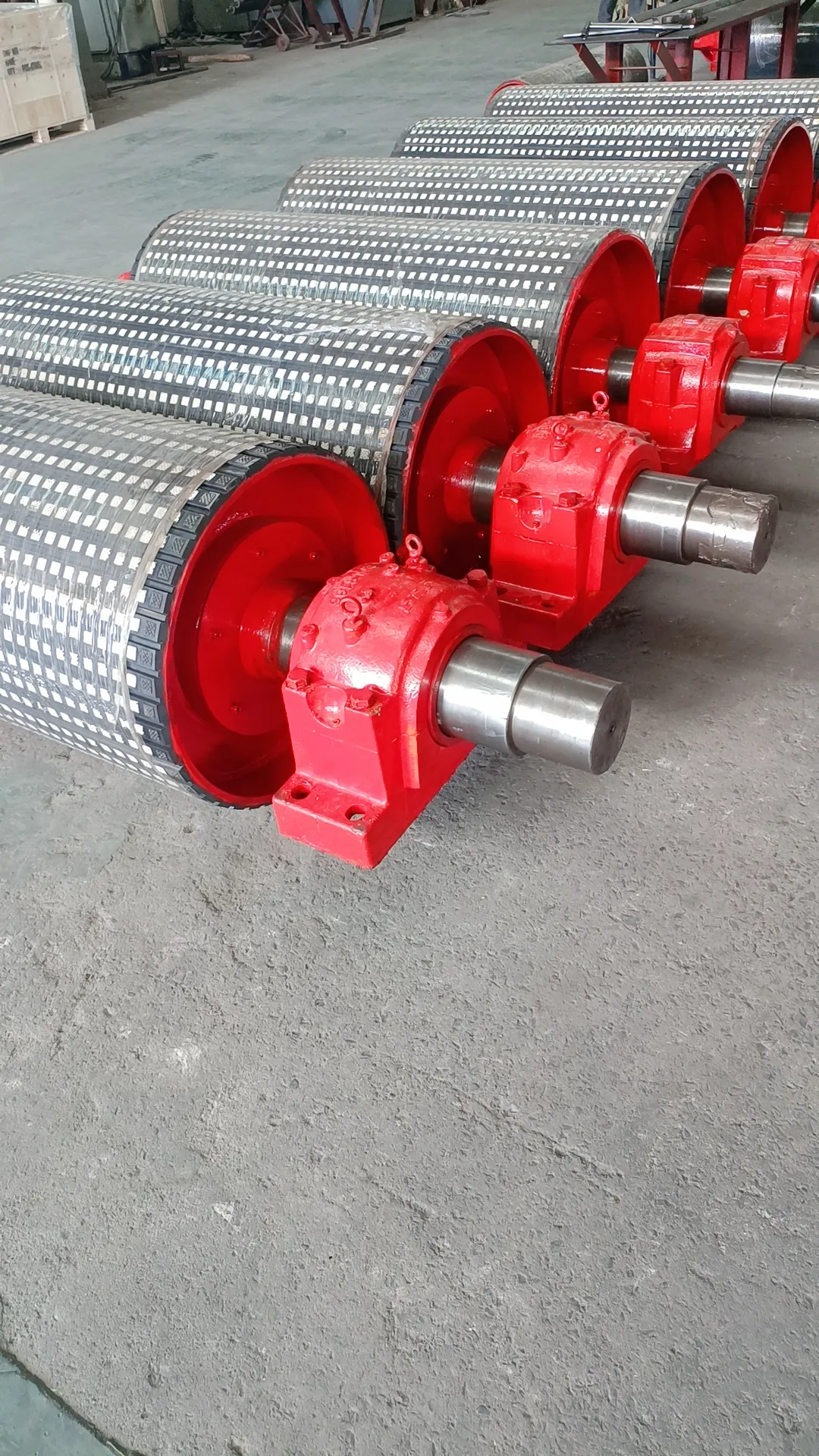 Afrikaans
Afrikaans  Albanian
Albanian  Amharic
Amharic  Arabic
Arabic  Armenian
Armenian  Azerbaijani
Azerbaijani  Basque
Basque  Belarusian
Belarusian  Bengali
Bengali  Bosnian
Bosnian  Bulgarian
Bulgarian  Catalan
Catalan  Cebuano
Cebuano  Corsican
Corsican  Croatian
Croatian  Czech
Czech  Danish
Danish  Dutch
Dutch  English
English  Esperanto
Esperanto  Estonian
Estonian  Finnish
Finnish  French
French  Frisian
Frisian  Galician
Galician  Georgian
Georgian  German
German  Greek
Greek  Gujarati
Gujarati  Haitian Creole
Haitian Creole  hausa
hausa  hawaiian
hawaiian  Hebrew
Hebrew  Hindi
Hindi  Miao
Miao  Hungarian
Hungarian  Icelandic
Icelandic  igbo
igbo  Indonesian
Indonesian  irish
irish  Italian
Italian  Japanese
Japanese  Javanese
Javanese  Kannada
Kannada  kazakh
kazakh  Khmer
Khmer  Rwandese
Rwandese  Korean
Korean  Kurdish
Kurdish  Kyrgyz
Kyrgyz  Lao
Lao  Latin
Latin  Latvian
Latvian  Lithuanian
Lithuanian  Luxembourgish
Luxembourgish  Macedonian
Macedonian  Malgashi
Malgashi  Malay
Malay  Malayalam
Malayalam  Maltese
Maltese  Maori
Maori  Marathi
Marathi  Mongolian
Mongolian  Myanmar
Myanmar  Nepali
Nepali  Norwegian
Norwegian  Norwegian
Norwegian  Occitan
Occitan  Pashto
Pashto  Persian
Persian  Polish
Polish  Portuguese
Portuguese  Punjabi
Punjabi  Romanian
Romanian  Russian
Russian  Samoan
Samoan  Scottish Gaelic
Scottish Gaelic  Serbian
Serbian  Sesotho
Sesotho  Shona
Shona  Sindhi
Sindhi  Sinhala
Sinhala  Slovak
Slovak  Slovenian
Slovenian  Somali
Somali  Spanish
Spanish  Sundanese
Sundanese  Swahili
Swahili  Swedish
Swedish  Tagalog
Tagalog  Tajik
Tajik  Tamil
Tamil  Tatar
Tatar  Telugu
Telugu  Thai
Thai  Turkish
Turkish  Turkmen
Turkmen  Ukrainian
Ukrainian  Urdu
Urdu  Uighur
Uighur  Uzbek
Uzbek  Vietnamese
Vietnamese  Welsh
Welsh  Bantu
Bantu  Yiddish
Yiddish  Yoruba
Yoruba  Zulu
Zulu conveyor pulley parts
Understanding Conveyor Pulley Parts An Overview
Conveyor systems are an essential component in various industries, facilitating the efficient transport of materials from one location to another. At the heart of these systems lies the conveyor pulley, a critical component that plays a significant role in the overall functionality and efficiency of the conveyor belt system. In this article, we will explore the different parts of a conveyor pulley, their functions, and how they contribute to the effectiveness of belt operations.
1. The Shell
The shell is the outer structure of the pulley, which is typically cylindrical in shape. It is designed to provide strength and rigidity. The shell is often constructed from materials such as carbon steel or stainless steel, ensuring durability and the ability to withstand harsh operating environments. The design and diameter of the shell can vary depending on the application and the load requirements, allowing for a tailored solution for different conveyor systems.
2. The Shaft
At the core of the pulley is the shaft. The shaft provides the necessary support for the pulley shell and serves as the connection point for mounting the pulley to the conveyor system. It is typically made from high-strength steel to handle the dynamic loads and stresses imposed during operation. The shaft must also be machined to fit into the bearings, ensuring smooth rotation of the pulley.
3. The Bearings
Bearings are crucial components that support the rotating shaft and reduce friction during operation. They allow the pulley to spin freely, enhancing the efficiency of the conveyor system. There are various types of bearings used in conveyor pulleys, including roller bearings and ball bearings. The choice of bearing will depend on factors such as load capacity, speed, and environmental conditions.
conveyor pulley parts

4. The Hub
The hub is the central part of the pulley where the shaft and shell are connected. It is typically mounted on the shaft and is designed to transfer the motor's power to the conveyor belt effectively. The hub must be precisely machined to ensure a tight fit with the shell, minimizing the risk of misalignment and wear during operation.
5. The Lagging
Lagging is a surface material applied to the pulley shell to enhance grip and reduce slippage between the pulley and the conveyor belt. It is often made from rubber or polyurethane and can be either smooth or textured, depending on the requirements of the application. Proper lagging is vital for improving belt traction, extending the lifespan of both the pulley and the belt, and reducing wear on the components.
6. The End Caps
End caps are used to close the ends of the pulley shell, preventing material from entering the interior and protecting the internal components. They also provide a means of connecting the pulley to the conveyor framework. End caps can be made from various materials, including steel or plastic, and their design may vary based on the application and environmental demands.
Conclusion
Understanding the various parts of a conveyor pulley is essential for anyone involved in the maintenance or operation of conveyor systems. Each component plays a pivotal role in ensuring the smooth and efficient functioning of the system. Regular inspection and maintenance of these parts can prevent unexpected breakdowns, decrease downtime, and optimize the performance of conveyor operations. By investing in quality components and understanding their functions, industries can enhance productivity and reliability in their material handling processes.
-
Revolutionizing Conveyor Reliability with Advanced Rubber Lagging PulleysNewsJul.22,2025
-
Powering Precision and Durability with Expert Manufacturers of Conveyor ComponentsNewsJul.22,2025
-
Optimizing Conveyor Systems with Advanced Conveyor AccessoriesNewsJul.22,2025
-
Maximize Conveyor Efficiency with Quality Conveyor Idler PulleysNewsJul.22,2025
-
Future-Proof Your Conveyor System with High-Performance Polyurethane RollerNewsJul.22,2025
-
Driving Efficiency Forward with Quality Idlers and RollersNewsJul.22,2025





























